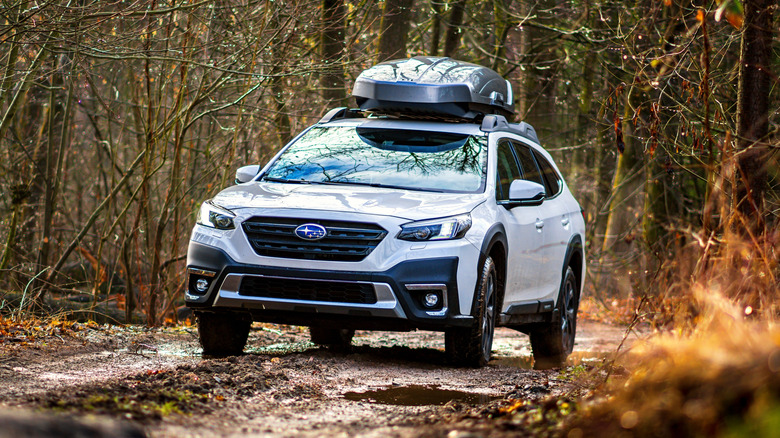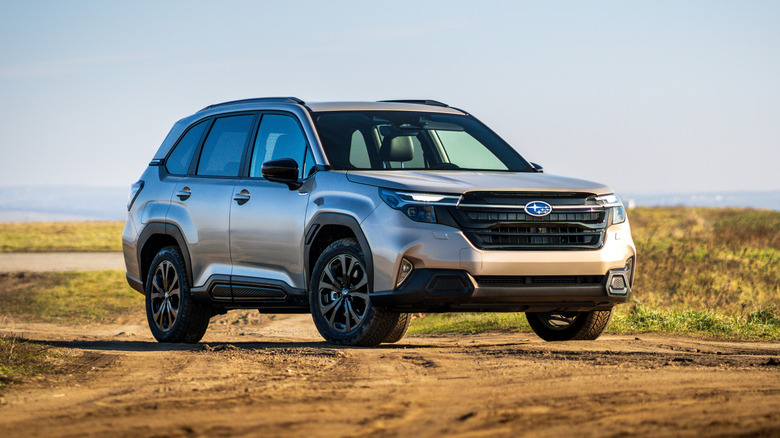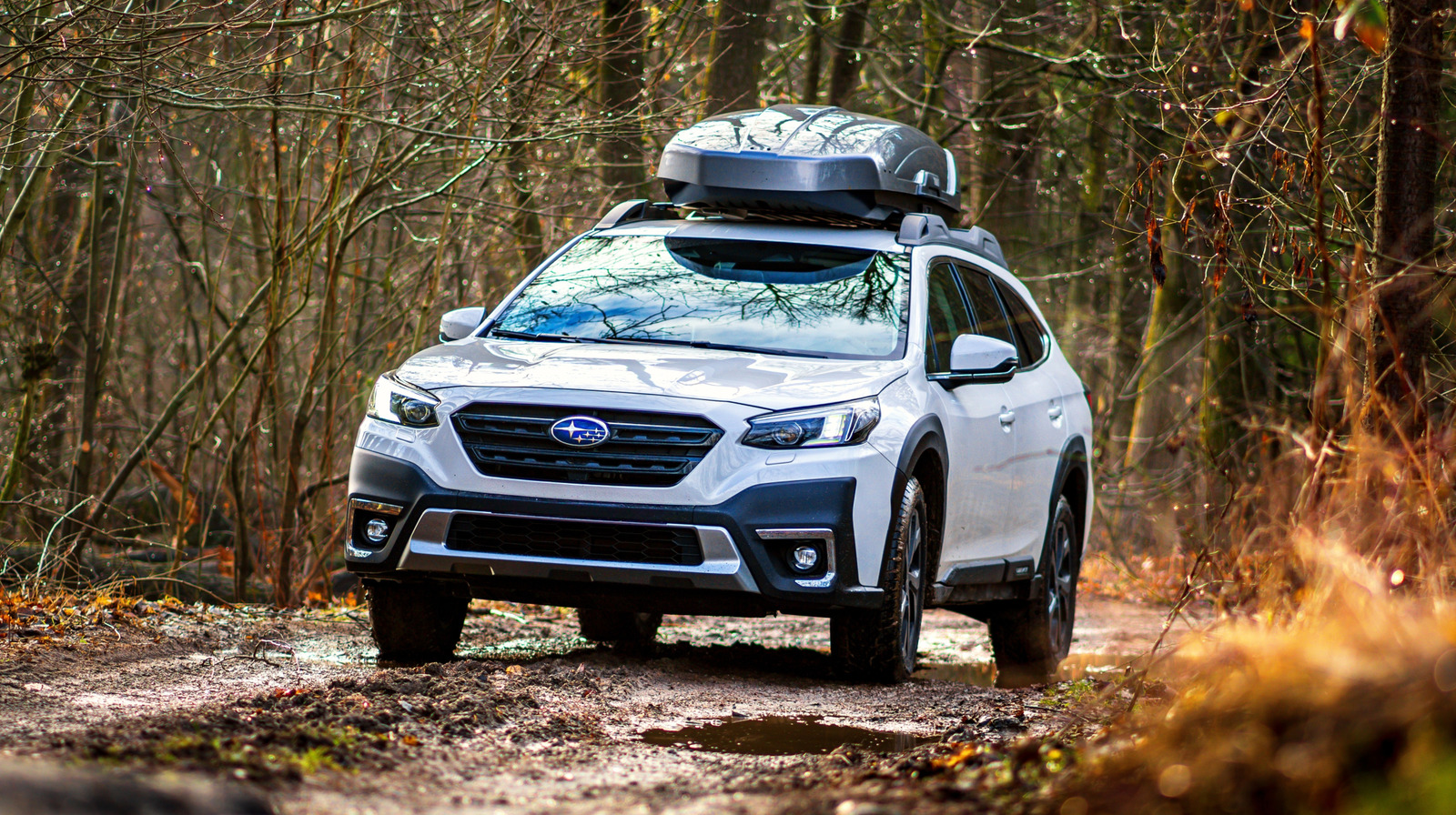
Vehicles have advanced significantly over the years, enhancing their capability for travel. Many modern cars, trucks, and SUVs feature all-wheel drive technology — distinct from four-wheel drive. In essence, AWD systems provide varying power levels to all four wheels, adapting to road conditions to minimize slippage, utilizing front, rear, and center differentials.
Advertisement
However, while AWD systems offer benefits, they also come with notable downsides. These systems can fail to respond to sudden changes in road conditions, potentially leading to lost traction. Additionally, AWD vehicles may sacrifice cabin space due to large driveshafts. Furthermore, the complexity of their mechanics can make repairs a hassle for those who enjoy working on their own cars. The most considerable drawback is arguably the added financial cost associated with maintaining an AWD vehicle.
The increased cost of AWD vehicles is impossible to ignore

From the outset, AWD vehicles typically come with a higher price tag compared to other models, primarily due to their advanced features. When it comes to fuel consumption, it can also be significantly higher, especially if you’re often driving in challenging conditions like uphill, towing, or other demanding scenarios.
Advertisement
You’re also more likely to notice indications that your brake pads need replacement, such as screeching, vibrations in the brake pedal, and warning lights, more frequently. This is because AWD vehicles, particularly those with a brake-based torque vectoring system, tend to go through brake pads more quickly. Consequently, you’ll need to either pay for replacements or do it yourself more often. Additionally, AWD systems necessitate careful monitoring of tire conditions, as optimal traction is vital. It’s preferable to replace all four tires at once for even wear, rather than just two as you might on a front-wheel drive vehicle. Winter and all-season tires remain crucial for AWD vehicles, as the system does not substitute for the need for quality seasonal tires. Lastly, the complexity of AWD systems and the increased number of wear-prone parts can lead to higher maintenance costs.
Advertisement
AWD vehicles have their share of redeeming qualities

Despite the drawbacks associated with all-wheel drive vehicles, they do possess notable advantages. AWD provides superior traction, which enhances safety for passengers in snowy or icy conditions, particularly when equipped with winter tires. This technology also makes AWD vehicles suitable for rough terrain and off-road adventures, with Subaru models being particularly well-regarded for off-roading.
Advertisement
Moreover, there’s a financial benefit to owning an AWD vehicle. Their performance benefits often result in better resale value, allowing you to recoup more of your investment when it’s time to sell or trade it in. In general, AWD vehicles provide peace of mind, offering drivers a greater sense of security knowing they are in a safer mode of transportation amidst adverse road conditions.



